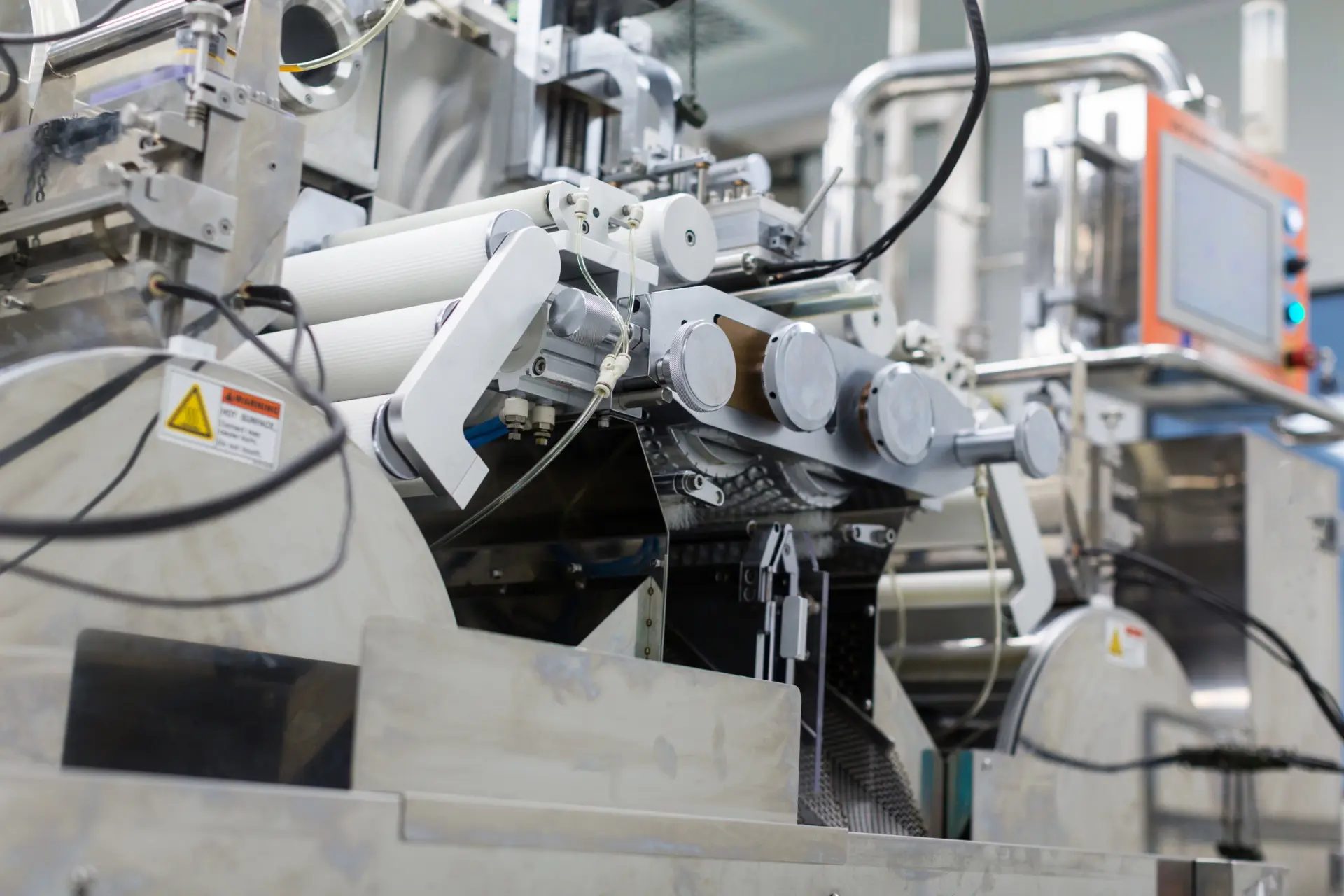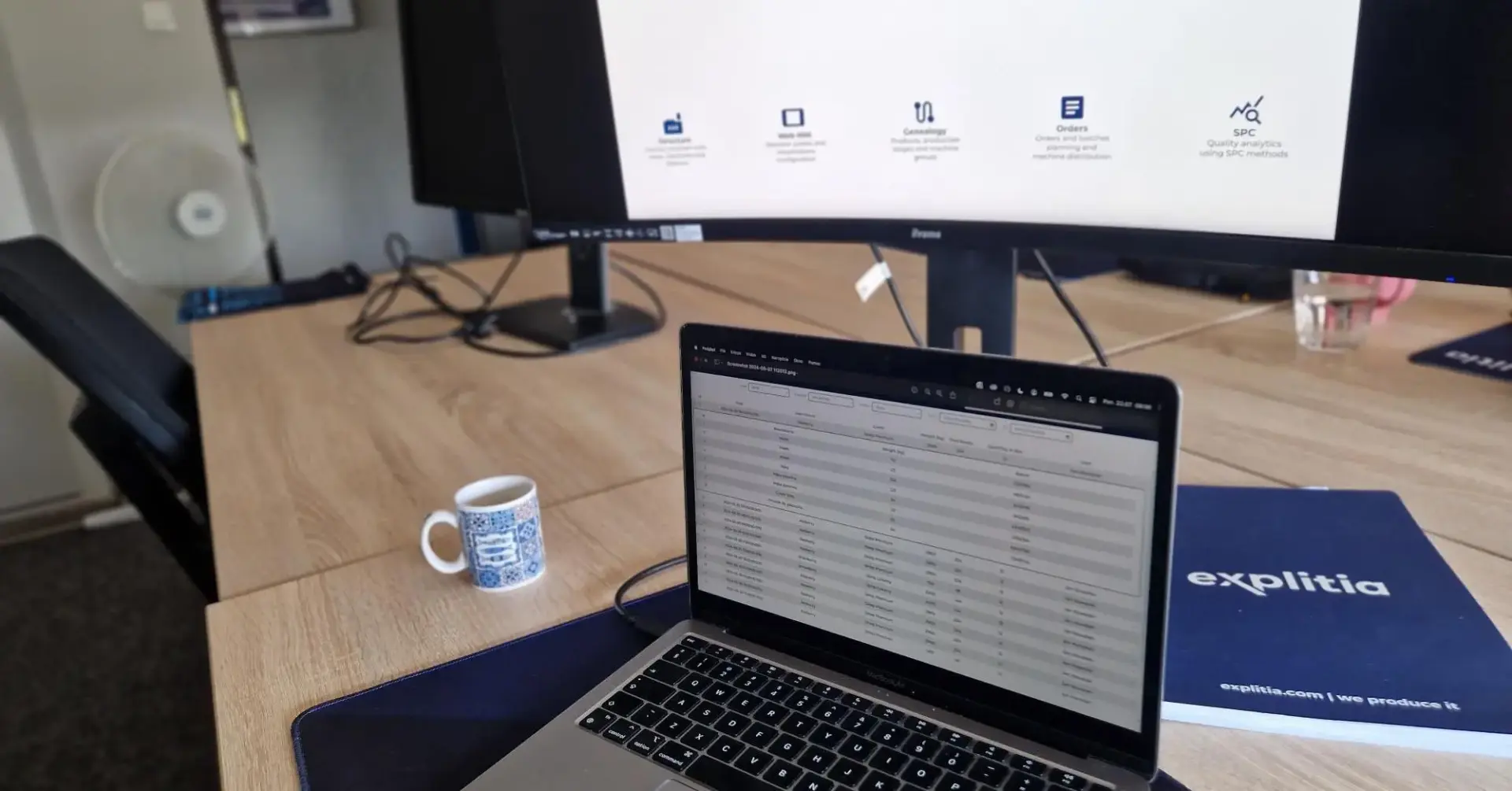Why should you consider implementing a traceability system now? What benefits does it bring to manufacturers, the distribution network, and even consumers? This article explores these questions.
The longer the supply chains and the more intermediaries involved in producing a finished product, the more critical the traceability of the product at every stage of the supply chain becomes. In the automotive industry, these chains are inherently the most dispersed, involving numerous subcontractors and contractors in the creation of a car. In the food or chemical industries, product traceability is often a legal requirement or a distribution network mandate. However, it’s worth noting that traceability can also cater to customer needs, representing a step towards implementing a digital product passport.
What is a digital product passport?
A digital product passport is a set of data encoded in a QR code, which can be read without internet access. Scanning it reveals information related to the product.
The digital product passport provides detailed information about the production process, such as the source of raw materials, production date, quality parameters, and other significant details like environmental aspects of production or certifications. Imagine having a counter that offers more detailed information related to the manufacturing process, such as the farm from which a product originates. We can confirm the quality parameters of this product, ensuring consumers that they are purchasing a good product whose expiration date matches the packaging information and was produced with the highest quality standards. The more information a manufacturer can provide, for example, through a traceability system, the better prepared they are for the moment when digital passports become mainstream, likely within the next few years, at least in the food industry.
Traceability – Lack of automation
The producer is responsible for the quality of the manufactured goods. They must implement various processes to check this quality. Traceability data is present in every food production facility but is often not automated. Currently, there is no requirement to have them in relational databases or to be subjected to automatic standards. If a producer sells goods to a wholesaler, they should document the creation process, but this documentation can still involve paper records. Printouts of charts and production process logs are created and then shared with the customer as documentation.
However, this documentation is not passed on or made available to the consumer. It is documentation that goes to the wholesaler or retail network to verify that quality standards have been met. The consumer relies solely on trust in the retail network.
Traceability – automated data collection system
If a production facility has a system for automatically collecting data from the production process, all this information is stored in a database and can be shared with the customer (e.g., a retail network). This allows the supplier to scale a batch and determine that production met all quality parameters automatically. The customer does not need to read through many pages of a binder to be assured that the process complied with quality standards. Furthermore, the manufacturer can share some of this information with the consumer, for example, through a digital product passport.
Traceability and digital product passport – meeting customer expectations
The customers of a production facility are usually individual stores or retail networks. However, it is worth noting that the end consumer, who ultimately buys the product, becomes increasingly demanding each year regarding the information they want about how the product was made. In short, they want to be sure they are buying the quality product they chose. This presents a tremendous opportunity for production companies that already have product traceability systems. Such companies possess data, some of which can be used for the digital product passport.
Traceability and digital product passport – benefits
Traceability and digital product passports undoubtedly offer a competitive edge. If a company meets all quality standards, it has nothing to hide. Sharing at least some information with consumers highlights credibility and transparency, which can be effectively utilized in marketing and advertising campaigns.
If data is available within the production facility, creating a digital product passport is like sewing a label. However, if such data is not available, consider whether a traceability system would be beneficial now. With this solution, a manufacturer can, among other things, detect and eliminate defective batches faster, improve production efficiency through better lifecycle and inventory management, and significantly reduce manual labour, positively impacting operational time and costs.
Traceability and digital product passport – first teps
To even consider implementing a digital product passport, it is cost-effective to link this with the previously described traceability system. Even if we do not initially want to share this traceability with the customer, it is worth having it for internal quality control and automation.
Traceability can help not only in documenting this process but primarily in automating the verification of quality standards, quantitative standards, ensuring no mistakes in packaging selection, and ensuring production meets specific quantitative norms and customer standards. The origin of this lies in data from machines and sensors. If we have access to data, developing the system is the next step, which then becomes a solution for the digital product passport. This is most cost-effective when done in conjunction with implementing a system for the digital passport of the finished product, as many tasks can be grouped and performed simultaneously.
Finally, a simple example of using a digital product passport. Imagine we are consumers. We buy a pack of sausages at a local grocery store. We scan the QR code on the purchased product. We follow the link and see a graph of the smoking process with the standards overlayed. We see that the process occurred within the “parameters.” At the end, the message displays: “We are pleased you chose our product. It was produced according to standards. Enjoy your meal.”
Contact us
Do you want to move your production plant to level 4.0? Are you interested in modern solutions for industry in the field of automation and digitisation? Be sure to let us know!


